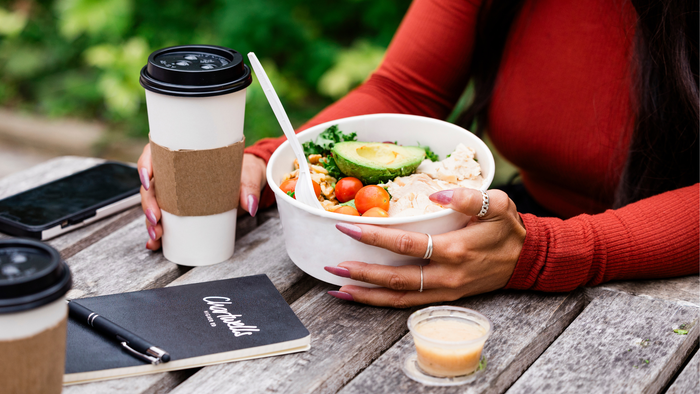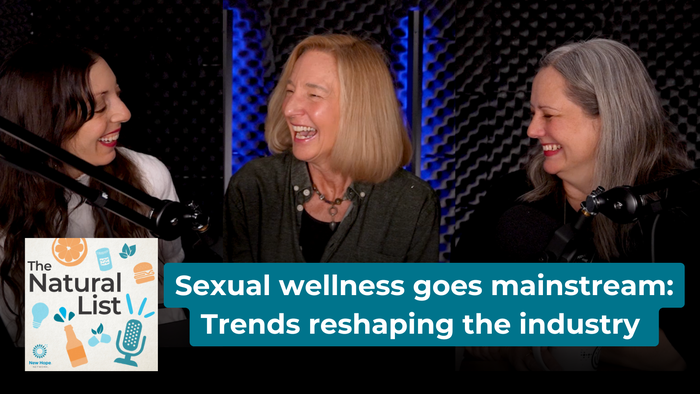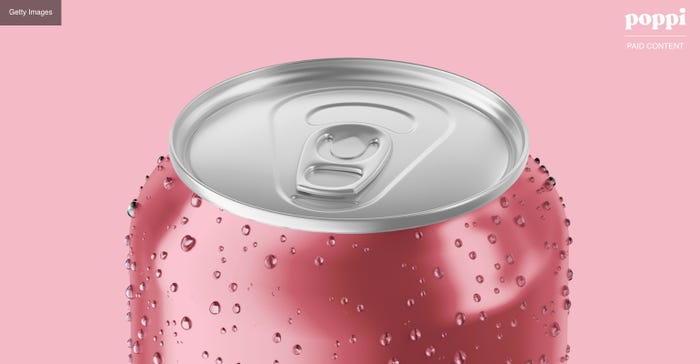4 keys to a successful trade show4 keys to a successful trade show
Trade shows can be an exceptional benefit to your company—or end up costing you dearly. To make the most of your experience, plan ahead and focus on a few key elements: who will attend, your overall objectives, make your booth is both interesting and inviting and be sure to follow-up after the trade show ends. Natural products consultant Bob Burke elaborates on these four keys to success at a trade show.
October 20, 2013

Trade shows, distributor and retailer shows can be a huge boon to your business or a huge money pit—sometimes both. It is an amazingly efficient way to see many customers, brokers, and distributors check out the competition, network with other manufacturers, and attend worthwhile seminars—all in one place. Sure, the booth space, booth costs, labor, setup, cleanup, hotels, airfare, meals, cabs and incidental costs are expensive, but think of what it would cost to see all those folks individually.
Determine who should go
Ideally, your head sales person for the natural channel, regional managers, vice president of sales, your CEO and, if you need extra help in serving product, customer service folks will attend.
Remember, everyone who attends comes with a high cost, but if you need the staffing for your booth and product line it is edifying for them to be there, it strengthens personal relationships, helps with "putting a name to a face" and presumably they are knowledgeable about your business.
If money is tight, most major shows can be handled with two people; three is ideal so that one can be checking out the show or meeting with customers, brokers or others.
Write down your objectives for the show
Assemble all those going to the show and discuss the major objectives that you want to accomplish at the show. These might include:
Meetings with specific key customers and specific brokers.
Spotlighting a new product or packaging change.
Introducing new hires to key people in their market.
Checking out the competition.
Writing orders for specific new or existing products with or without a show deal.
Attracting both trade and consumer press for the purpose of getting publicity for your product.
Make sure to plan ahead for all relevant activities:
Make appointments four to six weeks out with the people that you most want to meet.
Based on the purpose of the meeting, determine whether your booth is the best venue or if scheduling a breakfast or dinner meeting is more appropriate.
Make sure that you schedule a meeting with each of your brokers or have a broker sales meeting away from the show floor.
Make a schedule of who will work the booth at what time for each day.
Make a schedule of all appointments made in advance of the show.
Send everyone attending the show a copy of the schedule.
Discuss where leads will be kept and who will be responsible for them.
Determine any special roles, such as who will handle export inquiries.
Decide if you will offer a show deal, determine what it will be and create three-part order forms.
Network, network, network.
Attend show social events and receptions.
Try to schedule customers or brokers for every dinner.
Make your booth interesting & inviting
Are you the 3,985th pop-up booth with a velcro backdrop? Have you blocked access to your booth by a protective shield of tables, company literature and samples? Do you have a quiet place to meet with customers or at least a place to sit down? Any refreshments, other than product samples? Are you doing anything interesting different from your neighbors?
Whatever it costs, it is worth every penny to get the extra padding under your carpet in your booth. Your visitors, your co-workers and your feet will thank you.
Ever walk by Ben & Jerry's at the FMI show? It was like a carnival atmosphere—games, prizes, crowds and fun. Stonyfield Farm used to offer neck and back massages—perfect for people walking a show on a concrete floor all day. Annie's Homegrown gave scooters away to those who wrote orders for full pallets. Some booths feature celebrities signing autographs or authors signing books.
Be smart about follow-up
The one sure way of blowing your investment is to not have a cohesive plan for post-show follow-up.
It is easy to understand why many companies fail on follow-up. You return from being away for four days or so, you are buried with e-mail, voice mail, regular mail, inter-office mail, papers requiring your signature, your expenses, and you think, "I just need a day or two to get squared away." Then the phone starts ringing, meetings pile up, the odd crisis or two hit, and before you know it, it's off on the road again.
Where were those leads? In some envelope? Some shoebox? Oh well, if they want the product they will call.
At the end of the show, the senior member of the team sorts through the leads and prioritizes them based on the potential customer and any notes made by whoever made contact. That person then assigns them to specific people with a date for follow-up.
The rest of the general requests for information and samples should be responded to within a week, no more than two, after the show. This is vital. If you need to hire temps to help with the folding, stuffing, packing and mailing, do it!
It is also good to do a show post-mortem with the folks who attended the show, to discuss and evaluate what worked and what didn't. Whoever is the trade show coordinator should make detailed notes on how many samples, cups, spoons, napkins, press kits, etc. were used as well as list of items that need to be repaired or replenished for the booth.
This article is an excerpt from the Natural Products Field Manual, Sixth Edition, a guidebook and resource compendium for entrepreneurs in the natural products and specialty foods markets. Authors Bob Burke and Rick McKelvey describe it as "the book we wish we had when we were starting out." The Field Manual is a no-brainer for anyone bringing natural, organic or specialty products to market. For more information, click here.
About the Author
You May Also Like



